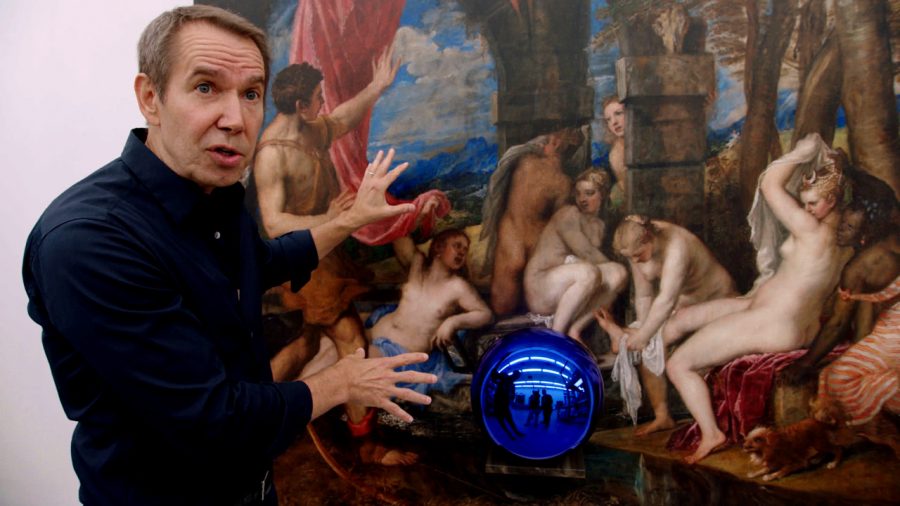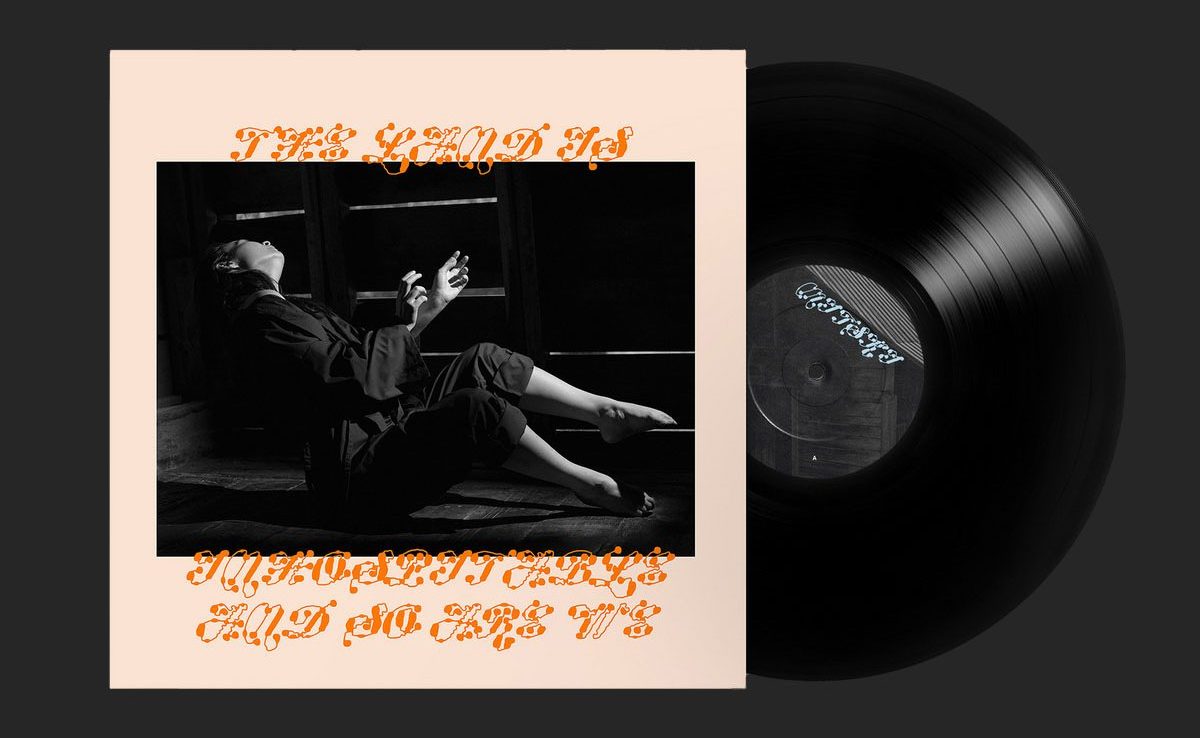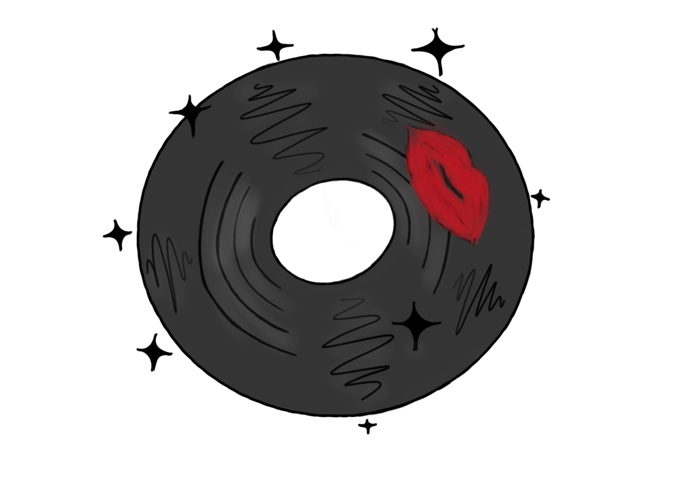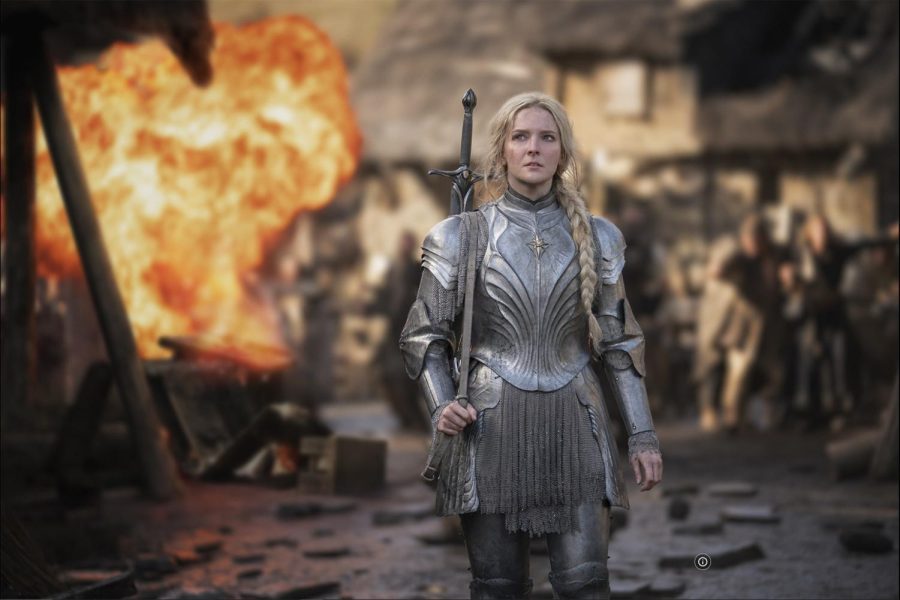Director Nathaniel Kahn’s The Price of Everything is a beautiful and prolific investigation into the ever-changing relationship between art, money and human perception that is explored through interviews with characters of the art world.
Before the documentary was screened, Kahn himself appeared to introduce the premise of his work, explaining he wanted to immerse the audience on the now “incestuous” world of art and its entanglement with money’s “dirty” influence. Concerned by the “crazy” and “uneasy” relationship between the two fields. Concerned by monetary value’s absurd and increasing hold on how art is deemed “good” or “bad”, Kahn’s collection of individual testimonies and commentaries gives viewers a wider perspective of a world unknown to most (excluding a wealthy few since nearly all modern art is too expensive and unaffordable and only the richest of the rich can experience it *cough, cough*).
The film introduces each individual to the audience through series of jump-cuts and quirky interviews that have seemingly little to no relation at all except for the fact that they all work with art. Eventually, however, this is untrue, as characters begin mentioning each other by name, admiring each others’ artwork and even meet in person; with everything being so interconnected Kahn’s description of the art world “incestuous” seen as surprisingly accurate. It’s almost absurd, since for a good third of the film the audience is trained to think that the driving force of the film is art and its effect when, upon realization of all these connections, it is how humans and outside factors have begun to taint, morph and manipulate the art scene.
Take for instance the inclusions of artists Jeff Koons and Larry Poons. Koons is a young, popular and insanely rich hot-shot American artist known for his mirror-finished sculptures, particularly his metallic reconstructions of balloon figurines. Throughout the film other praise Koons for his featured works that were worth thousands if not millions of dollars. Then, there’s Poons, an artist known for his minimalistic “dot” paintings from the 1970’s that now lives in a rundown house located in an isolated and rural part of New York no longer in the limelight of his career. In fact, many art critics and buyers believed he was dead until news came out that he’d be releasing new art projects sometime soon.
Koons works in a studio where a buzzing group of students mass produces and work on projects for him while he’s living in the highlight of his career. Poons, on the other hand, sits in a messy barn every day, listening to Beethoven as he splatters paint on canvases that cover the walls and fiddles with paintbrushes through his stained and pruned fingers. The juxtaposition of the two exemplifies how art has changed with consumerism with Poons representing the past and Koons representing the present. While Koons remains tied to the money and power behind his repetitive sculptures, the unapologetic Poons is able to do the opposite, changing the definition of his own artwork on a whim, not letting the lowered prices of his pieces discourage him from painting what he wants.
Arrogant Koons, although still passionate about his art, knows what the public likes and what art they will buy, a fact that he takes advantage of by giving into the gimmick of making more and more of his sought-after reflective sculptures and pieces. He has a knack for selling and in one interview an art dealer even recalls Koons making a multi-million dollar sale within a singular call, comparing him to someone who works on Wall Street. Charismatic Poons, on the other hand, has been out of the spotlight for so long that he now has the time to explore past the boundaries of his once-popular dot paintings, focusing on an abstract form that I’m not quite sure how to describe myself. Poons is the standout heart and soul of art and the film itself, an unapologetic character that curses where he wants, does whatever he wants and paints whatever he’s in the mood for. On the more economic standpoint, the film also focuses on the relationship between those who sell, buy and make art themselves. First, there are the artists who make masterpieces later put on the market by art dealers or in auctions like those at New York’s Sotheby’s, one of the world’s largest brokers of fine and decorative art. This is where Amy Cappellazzo is introduced, Sotheby’s fast-talking, energetic Chairman of the Fine Arts who spends her time cataloging, critiquing and marketing art to those wealthy enough to afford it. This is a segway to art collectors like Stefan Edlis, a 92-year-old Chicago resident with an eclectic art collection worth more money than most can imagine.
Although on the surface this seems like a simple supplier-and-consumer deal it is revealed to be far more sour by Khan’s exploration that witnesses artists being cheated out of their money, collectors hoarding pieces by raising their prices so high the competition is flushed out of the water and the remorse felt by dealers as they watch art be sold and never seen again. Kahn, ⎼despite utilizing bright and light-hearted visuals, sounds and humor⎼laces his documentary with these tension-filled scenes and moments of remorse, showing the meticulous effort and work Kahn and his team put in to expose and dig up the dirt hidden beneath the layers of a cutthroat art world.
The Price of Everything is a fascinating social commentary about how art is ludicrously being changed by money and society’s subsequent reaction. Introducing the audience to a plethora of charismatic and memorable characters it’s hard not to stay entertained throughout the entirety of the film. The documentary is fit for modern times, reflecting the complexity, corruption and changes the world of art faces on a daily basis and covers topics from how money changes art’s production to its mental and moral impacts on artists themselves that anyone can appreciate, art-lover or not.
‘The Price of Everything’ explores contemporary art and commerce
March 3, 2018
Jeff Koons appears in ‘The Price of Everything’. Courtesy of Sundance Institute | photo by US Four Productions.

























































































